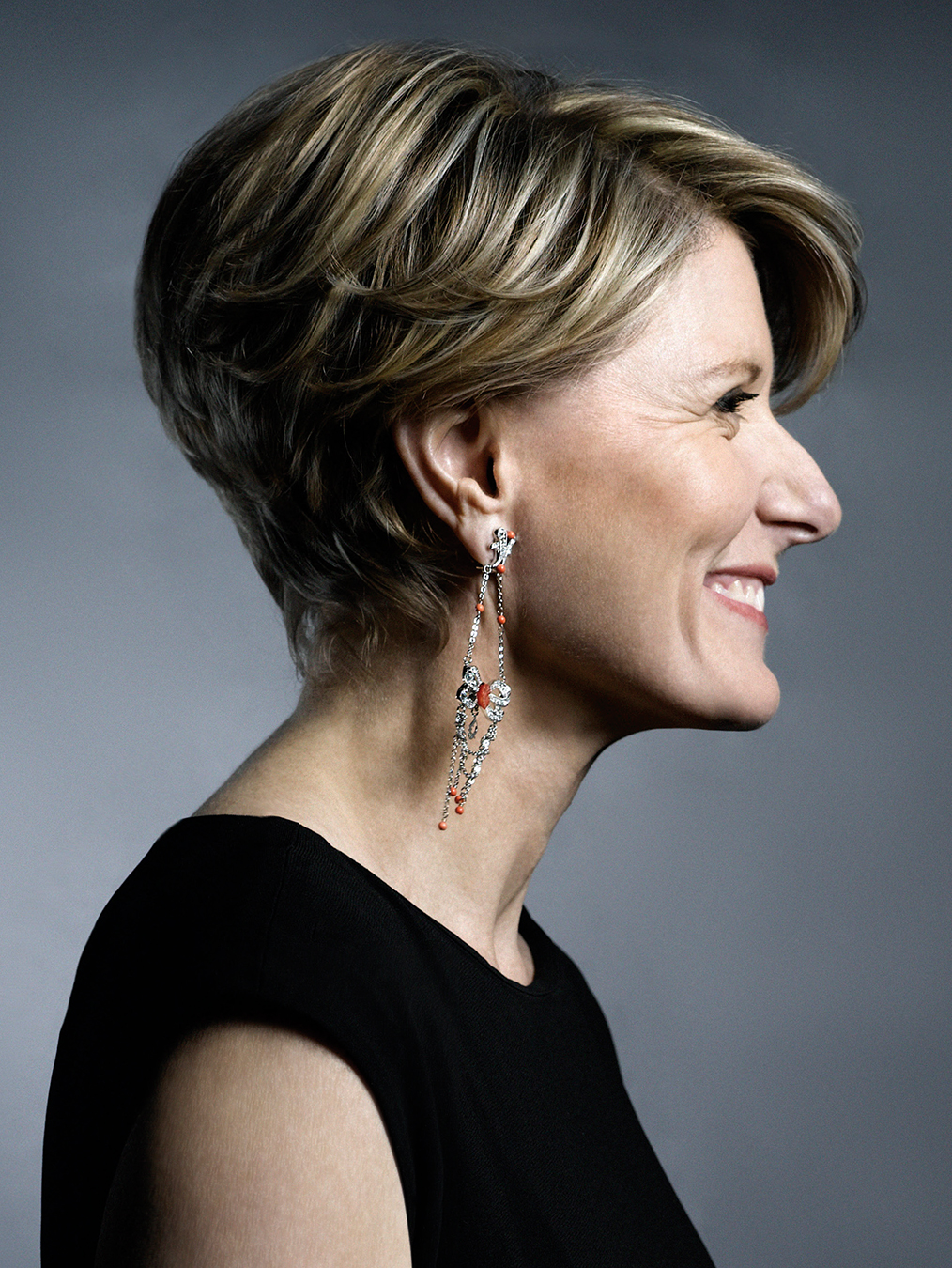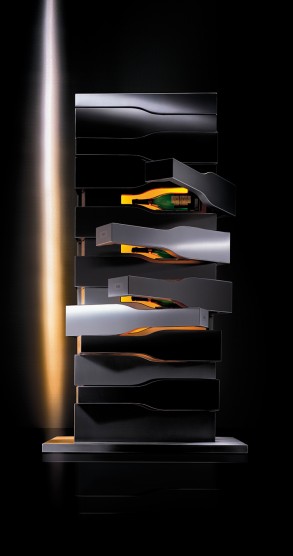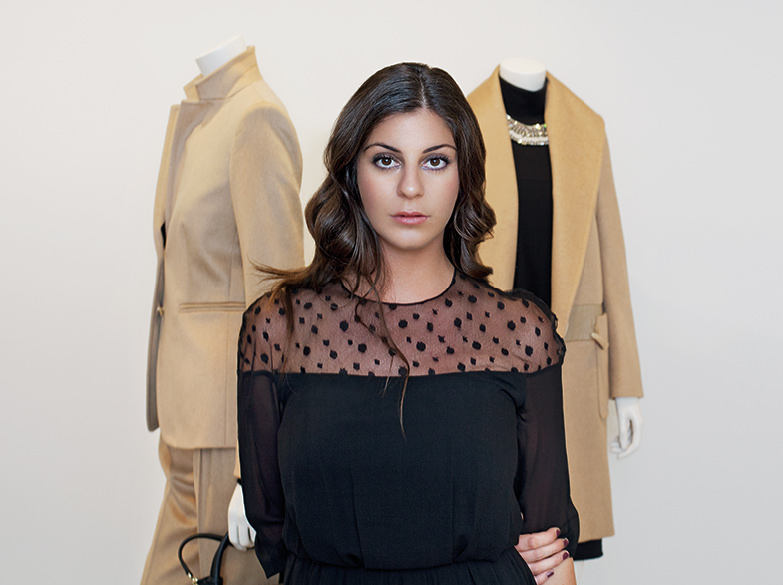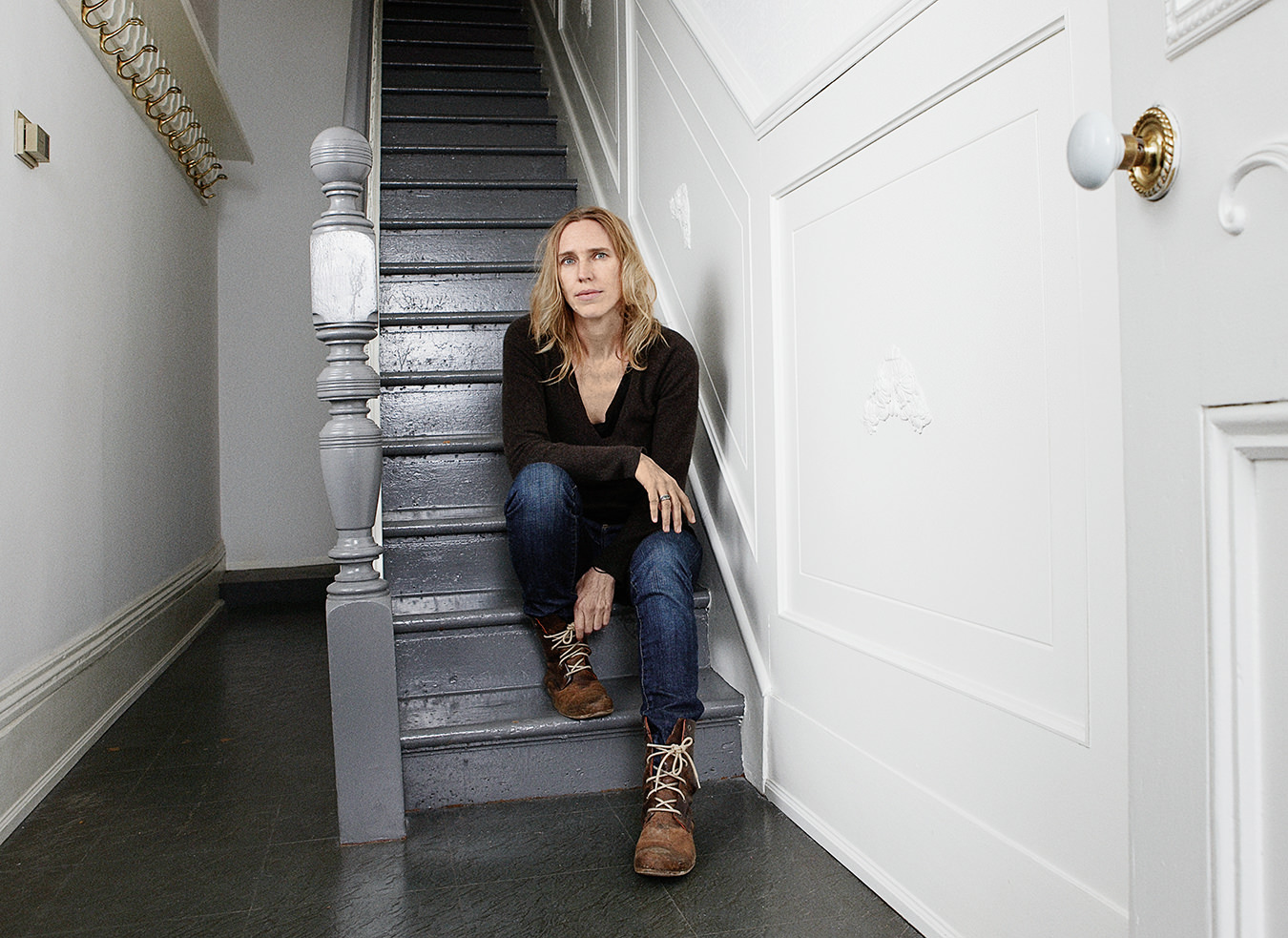Cécile Bonnefond
The grande dame of champagne.

From 1805 to 1841, Barbe Nicole Ponsardin Clicquot, or the “grande dame of Champagne”, as she came to be called, ran the illustrious champagne house Veuve Clicquot. She’d inherited the fledgling vineyard at the age of 27, after the death of her husband, François Clicquot. Less than a decade under her hand, she had transformed the business into an international brand, putting Veuve on the tables of kings and aristocrats, and almost single-handedly inventing the notion of champagne as the only proper beverage for important celebrations. Marketing was not her only concern, however; she also expanded the vineyards, improved processes and is credited with inventing the riddling rack, which makes it easier to remove sediment from the bottles. To this day, all decisions are mindful of the company’s history and its legacy—and no one is more cognizant of that than the company’s current president, Cécile Bonnefond, who in many ways channels Madame Clicquot.
Bonnefond is a graduate of the European Business School. Prior to joining Veuve Clicquot, she spent five years in marketing with the Danone Group, 10 years with Kellogg’s as marketing manager for France, two years with Grand Metropolitan and three with the Sara Lee Group as CEO of bakery activities in France and Italy. Her background serves her well in champagne, which is, after all, a comestible and subject to certain quality standards and processes, a concept with which Bonnefond is not unfamiliar. “The fact that I can have real conversations about the quality of the ingredients and the quality of the product made my introduction into the Champagne region much easier,” she says.
Over a patio lunch at a restaurant in Toronto’s Yorkville district, Madame Bonnefond holds up a glass of Veuve Clicquot Rosé and explains its origins. “When I joined the company in 2001, the first recommendation I got was that we should launch a non-vintage rosé. And what did I know? So I said, well, let’s look at the archives and find out what we know about the history of Veuve Clicquot Rosé. The house started in 1772, and we found that shortly after that, in 1775, a non-vintage rosé was launched. It was a surprise—everyone thought we never had one. The reason is because Madame Clicquot, who took over the company in 1805, decided to discontinue the non-vintage and replaced it, in 1810, with a vintage rosé. So we went to the archives again and said, well, how did they make the non-vintage?” The recipe was discovered, resurrected and launched—or, rather, relaunched—in 2006, after a 196-year hiatus.
It has become popular to describe chief executives as being “of the people”, extolling their remarkable ability to relate to the regular person, but in the case of Madame Bonnefond, the cliché is true.
That is one reason the elegant Bonnefond was in Toronto—to talk about the rosé, which is the most recent Veuve product to be launched.
Madame Bonnefond was also in town to donate $100,000 to the McEwen Centre for Regenerative Medicine. The amount represents the proceeds from an auction of the Vertical Limit, a towering stainless-steel wine cellar created for Veuve by Porsche Design Studio. The cellar was custom-designed to hold 12 rare magnum bottles of vintages from the years 1955 to 1990. Veuve determined how many of each vintage it could spare (a minimum one of each is left in the cellars in Reims), then commissioned a corresponding number of cellars, which turned out to be 15. The result is the grande dame of wine cellars: a sleek, gleaming wall of steel that stands just over two metres high. The inside temperature is a constant 12ºC, the exact temperature of Veuve Clicquot’s cellars in Reims, and the temperature considered optimal for tasting. The cellars were allotted to 14 of the world’s best markets, with one remaining at Maison Veuve Clicquot.
The Canadian contingent made the decision to put the cellar up for auction and donate the proceeds to charity. The cellar was auctioned online, with the winner, a dentist from Vancouver, bidding $100,000 for the prize. “I think the Canadian market had a good idea [donating the proceeds to the McEwen Centre],” says Bonnefond. “They don’t know it yet, but I am going to ask the other countries to give the proceeds to charity as well.”

Vertical Limit wine cellar.
It has become popular to describe chief executives as being “of the people”, extolling their remarkable ability to relate to the regular person, but in the case of Cécile Bonnefond, the cliché is true. When tapped to present a seminar on leadership, she offered 10 tips for effective managing, one of which was dare to be a real person. When asked what she meant by that, she says, “Being in the wine business is like being a journalist—the line between job and life is very fluid. So you have to enjoy what you do. You should always look for quality, including the quality of your time, wherever you are. I think that, in business, you can be tempted to be almost a virtual person. What you see is only business. You are out there running the world, and you become insulated. But if you don’t live life, how can you be in business?”
This nod to authenticity extends to the product. “People say, ‘Ah, Veuve. It is such a great brand, but how do you keep this great brand alive?’ And I say I can only do that because I am so secure with what is in the bottle. I say, ‘Get me the signature taste, get me the consistency, get me the top quality,’ and my winemakers are happy because they know that I’m going to protect their craft. We don’t have enough champagne—I could sell more champagne if I only had more. The worry that all winemakers have is that the boss is going to push them to overproduce. I see my role as protecting them from that.” Bonnefond is referring to the explosion in demand for champagne over the last decade, which has pressured, or tempted, some producers to increase their yield at any cost.
Part of Bonnefond’s role is to travel the world as a kind of ambassador for the brand. Appointments at fine restaurants are routine, and so is raising a glass of Veuve. Not surprisingly, the five of us lunching today—two journalists, two Veuve representatives and Bonnefond presiding—have no qualms about blurring the aforementioned line between work and life over a bottle of champagne. The new rosé is a blend of 50 to 60 different crus, based on the Brut Yellow Label’s traditional blend of pinot noir, pinot meunier and chardonnay. It goes down smooth, with just the right amount of fizz—perfect for a light lunch on a sunny patio.
Before leaving the restaurant, Madame Bonnefond summons the waitress and—in her beautiful Parisian accent, in a tone somewhere between stern and coquettish—says, “Let me give you a little tip. Next time you print the menu, put another c right there before the q in the word Clicquot.” A woman of the people, perhaps, but not afraid to make her point. This is the attention to detail that put her in the job to begin with, and it’s that respect for detail in the work of her winemakers and vineyard managers that ensures every bottle of Veuve Clicquot is a fabulous experience.




